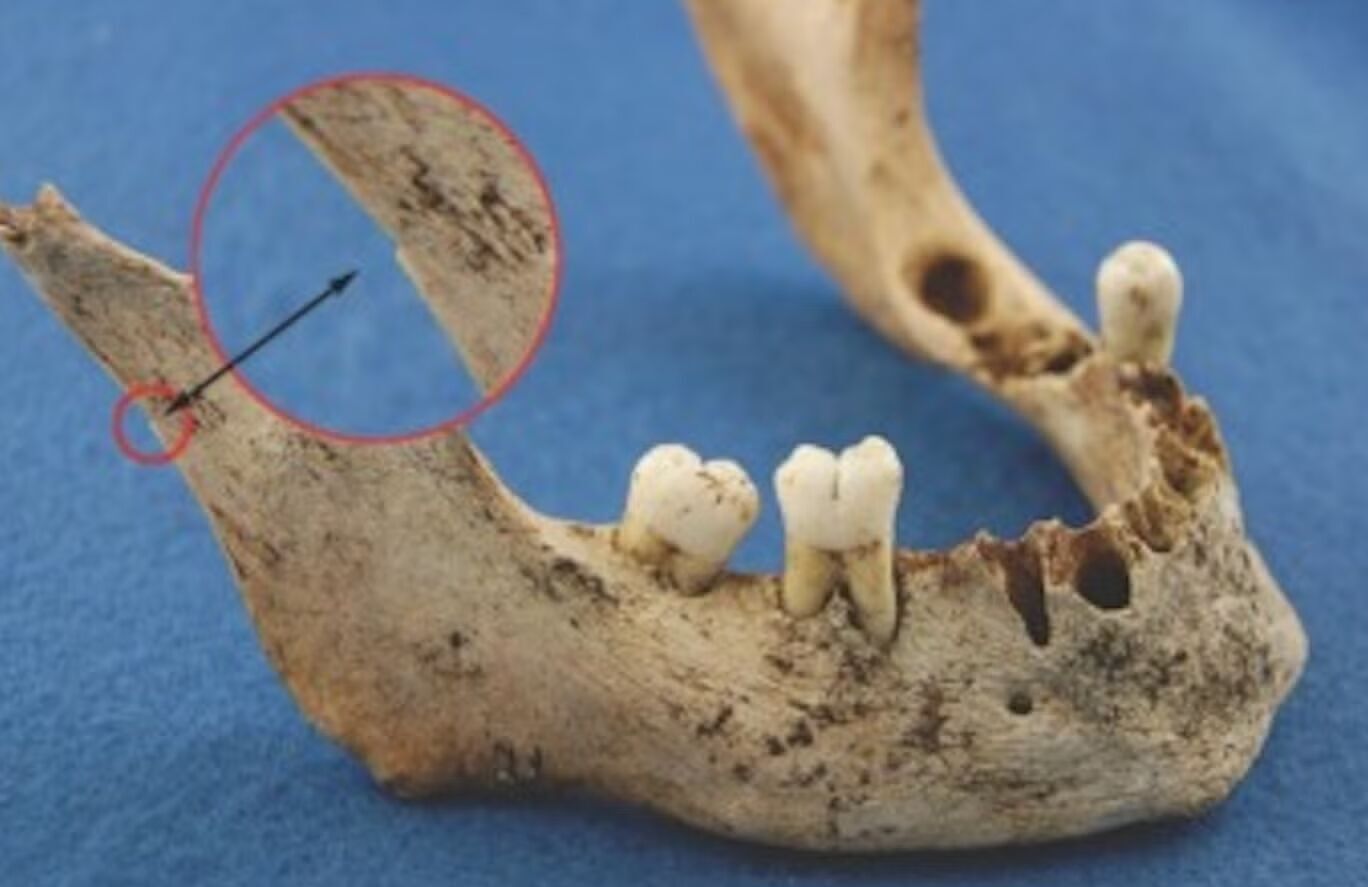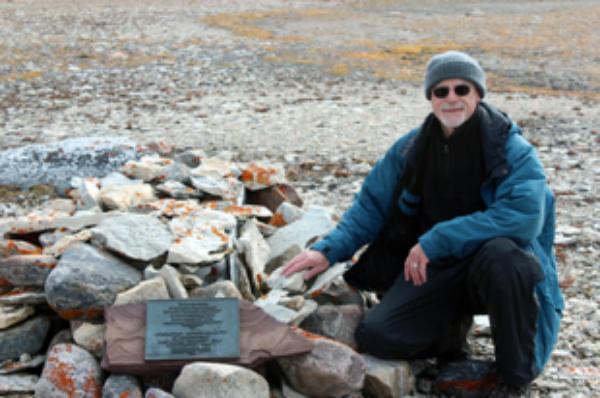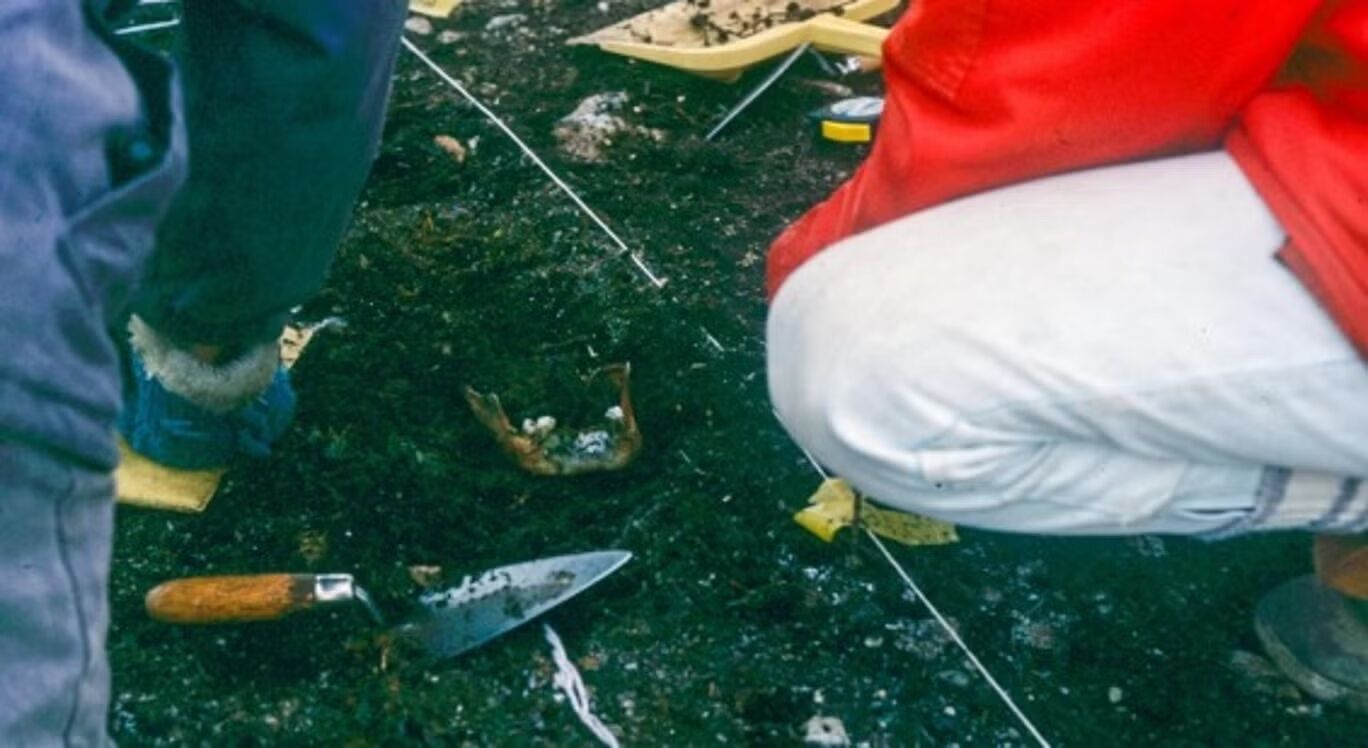News
Cannibalism is proven: scientists have made a shocking discovery about Franklin's 1845 expedition. Photo
Scientists have discovered that an act of cannibalism was committed during the Franklin Expedition in 1845. While excavating the remains, researchers noticed a series of small cuts on the jaw of one of the crew members. Which is a clear indication that the bones were carved for meat after the man died, meaning he was cannibalized.
Now, thanks to DNA samples, it has been identified who that jaw belonged to. According to MailOnline, it is the skeletal remains of British first officer James Fitzjames.
The scientists' discovery showed that neither rank nor status was important when the crew was looking for ways to escape.
The goal of the British Royal Navy's Franklin Expedition was to find the Northwest Passage, a navigable sea route between the Pacific and Atlantic oceans through the Arctic. If a safe route north of Canada could be found, it could open up new and extremely lucrative shipping lanes. However, although the expedition took two of the most modern ships, HMS Terror and HMS Erebus, they became trapped in the ice off King William Island.
On Franklin's orders, 105 officers and crew abandoned ship to attempt to cross King William Island on foot, but not a single crew member survived.
Since then, crew bones have been found all over the island, but the condition of these remains has caused huge controversy. In 2013, researchers from the University of Waterloo and Lakehead University excavated a site containing 415 bones belonging to at least 13 crew members.
The researchers took a DNA sample from a tooth found in the jaw and compared it to swabs taken from living offspring of Franklin's crew. This is how they found out that the jawbone belonged to HMS Erebus captain Sir James Fitzjames.
"The identification of Fitzjames' remains provides new insight into the sad end of the expedition," The Independent quoted Douglas Stanton, co-author of the study from the University of Waterloo, as saying.
Scientists say that in the mid-19th century, local Inuit told searchers that they had seen evidence of survivors resorting to cannibalism. This news shocked Europeans of the time, but no hard evidence was found. Cannibalism was not proven until 1997, when bioarchaeologist Dr. Ann Keenleyside found similar cut marks on many of the bones in a large burial site, suggesting that at least four bodies had been eaten. Now Fitzjames' bones have been added to this list, with the remains of his lower jaw, on which numerous cuts have been found.
"This demonstrates the level of desperation that Franklin's sailors must have felt in doing what they would have considered abhorrent," says co-author Dr. Robert Park of the University of Waterloo.
The researchers are urging all descendants of Franklin expedition members to come forward to see if their DNA can be used to identify other people.
Recall, in August on Netflix released the series "Terror", which tells the story of the Franklin expedition, frightening verisimilitude. Directors and actors managed to incredibly accurately reproduce the tragic events of almost 180 years ago only because the described tragedy really happened.
Only verified information from us in Telegram-channel OBOZ.UA and Viber. Do not fall for fakes!






























